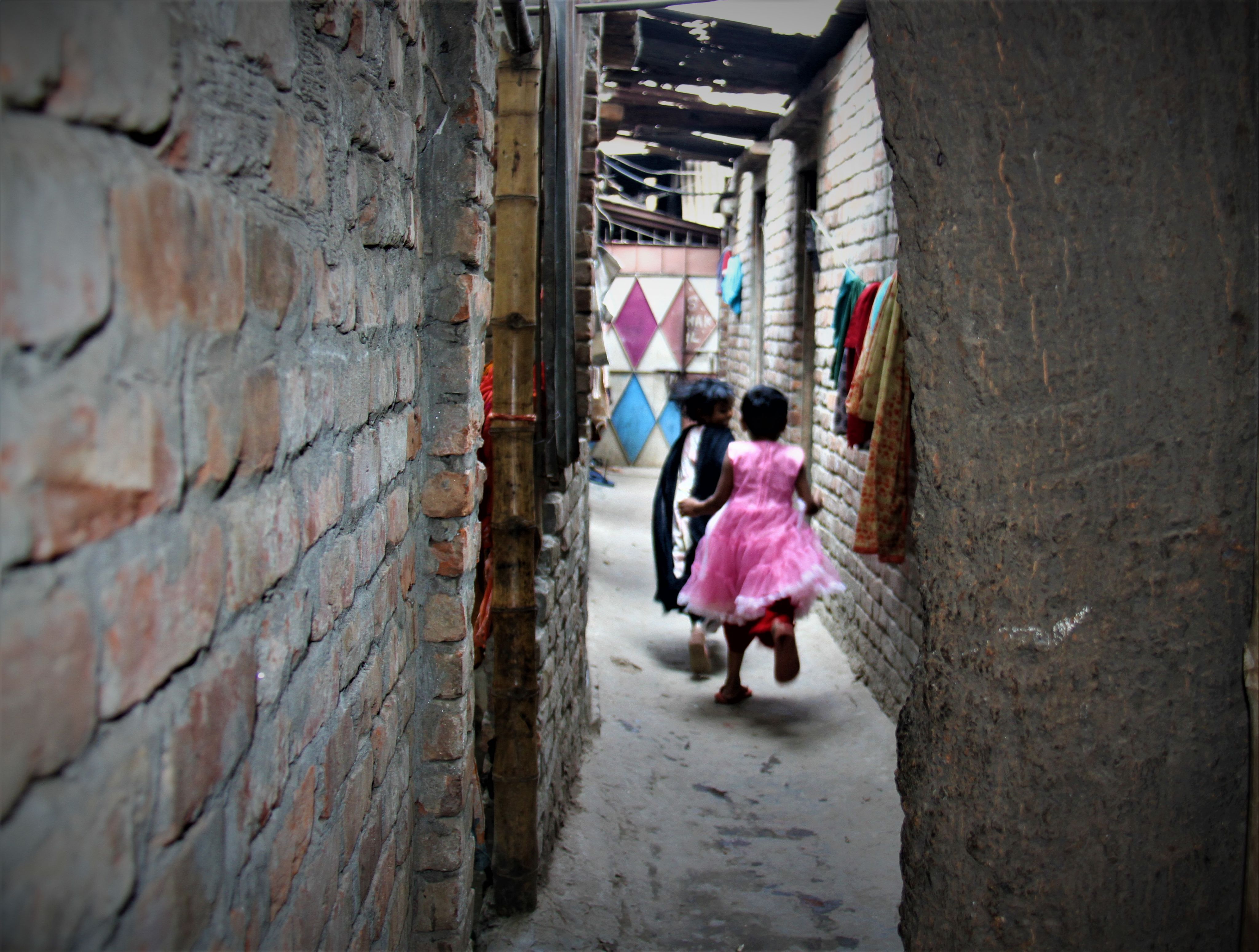
Dhaka, Bangladesh
Dhaka is crowded and dangerous. Children live in shacks without safe water or toilets, and play beside open sewers – when they have time to play. Most work grueling jobs to earn a few cents a day. Families who moved here in search of a better life are being pushed deeper into poverty than ever before.
Where is Sumaiya?
Bangladesh is one of the most densely populated countries in the world. Millions of people are packed into massive cities. Nearly half of them live in slums.
Sumaiya* lives in Bangladesh, in the capital city Dhaka. It’s one of the world’s largest megacities, with more than 22.4 million residents.
Her neighbourhood in Dhaka is a slum. A cluster of ramshackle shelters, in a swampy, low-lying spot where no one wants to live.
Especially not children.
There’s no sewer system or piped water here. Families crowd into scrap-metal shacks, perched on bamboo platforms to avoid the near-constant flooding.
Disease-laden water isn’t the only danger in the streets.
Sumaiya knows she isn’t safe. Girls like her are easy prey in the slums.
“I’m not happy here. This place is not safe for me. I want to go back home,” says Sumaiya.
*Names changed for protection

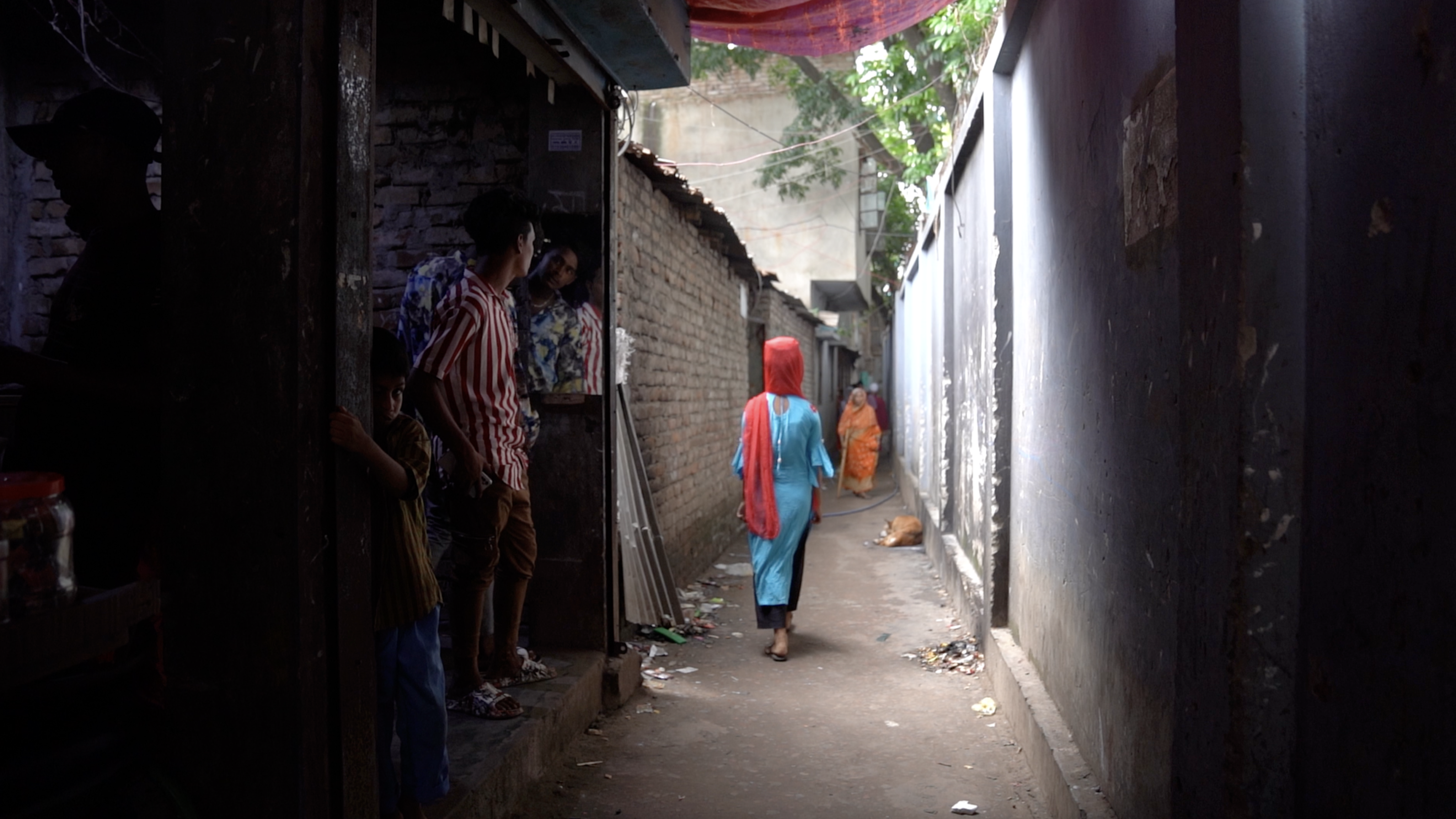

How did Sumaiya get here?
Most of Bangladesh is a river delta. A flood plain where huge rivers flow into the sea. 30% to 70% of the country is flooded each year – and every year it gets worse due to climate change. Between 2014 and 2020, 9.4 million people in Bangladesh were forced out of their homes by natural disasters.
Disaster drove Sumaiya’s family to the city. Back in Bhola where she’s from, annual monsoon floods, which were becoming more and more severe, made it impossible to earn a living.
When the floodwaters rose, her family would bring their chickens and goats into the house to keep them from drowning. They huddled in one room for days on end. Snakes and frogs washed into the house with the floodwater.
They had to leave.
Now that they’re in Dhaka, the flooding hasn’t stopped. Only now it’s raw sewage, trash, and chemical pollution from the city swamping their home.
"The families are living an inhumane life here in the lowland, making platforms of bamboo in the midst of high-rise buildings. Basically people who are prey to river erosion, the most vulnerable and oppressed, migrated here.
"During rainy season, their situation becomes worse. All the platforms get drowned and they cannot communicate easily. But they have no choice but to live here." – Swapon Gomes, World Vision Bangladesh
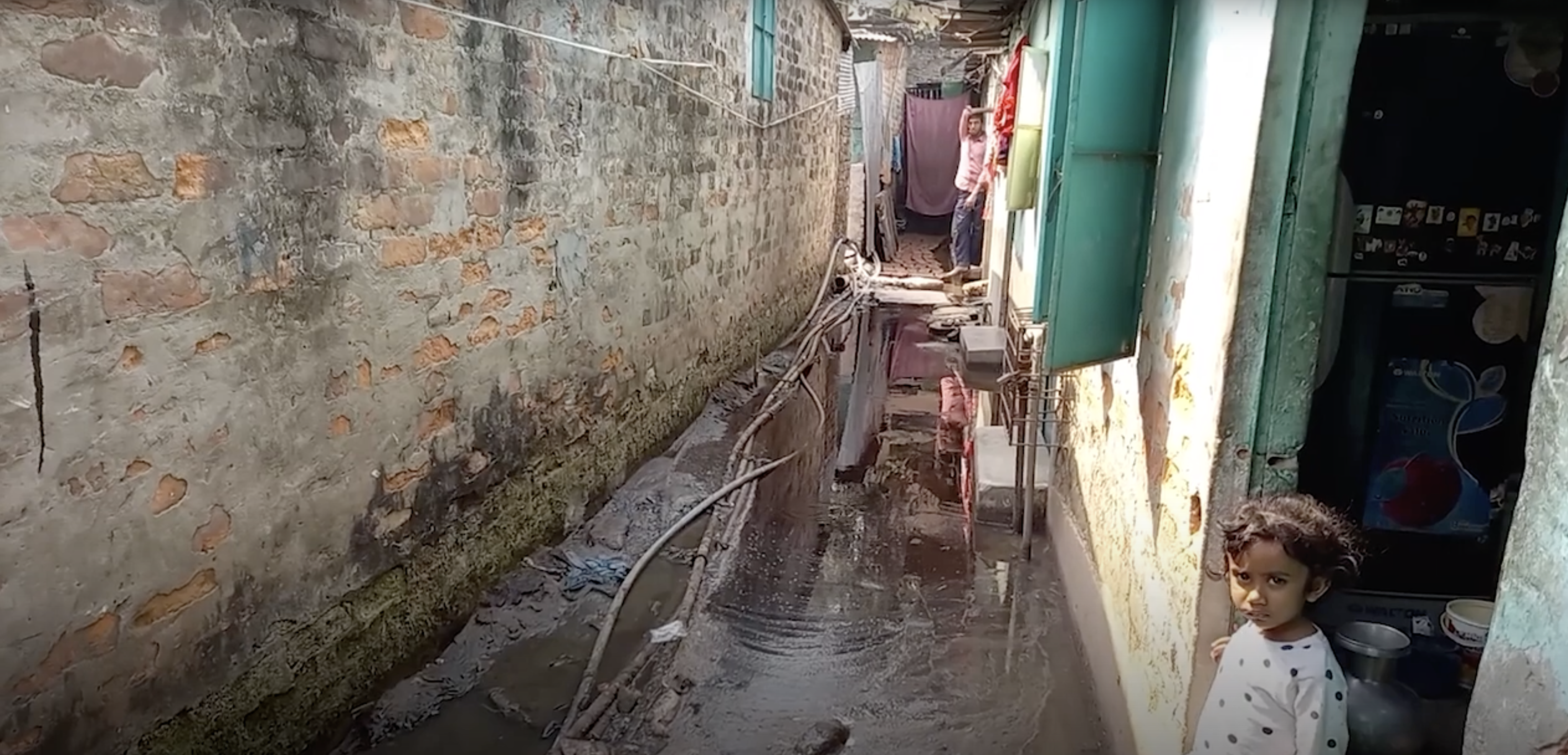
What is Sumaiya’s greatest fear?
HUNGER
“On nights I don’t get meals, I wake up groggy and stay sleepy and tired all day. My head hurts and I feel so weak,” says Sumaiya.
Sumaiya’s family arrived in Dhaka in 2020, just days before COVID-19 locked down the city.
Her father couldn’t work. The money he had borrowed for the move only covered two months of rent. Nothing else. He and his wife skipped meals so Sumaiya and her sister would have something to eat.
He borrowed more. And more. And then he disappeared.
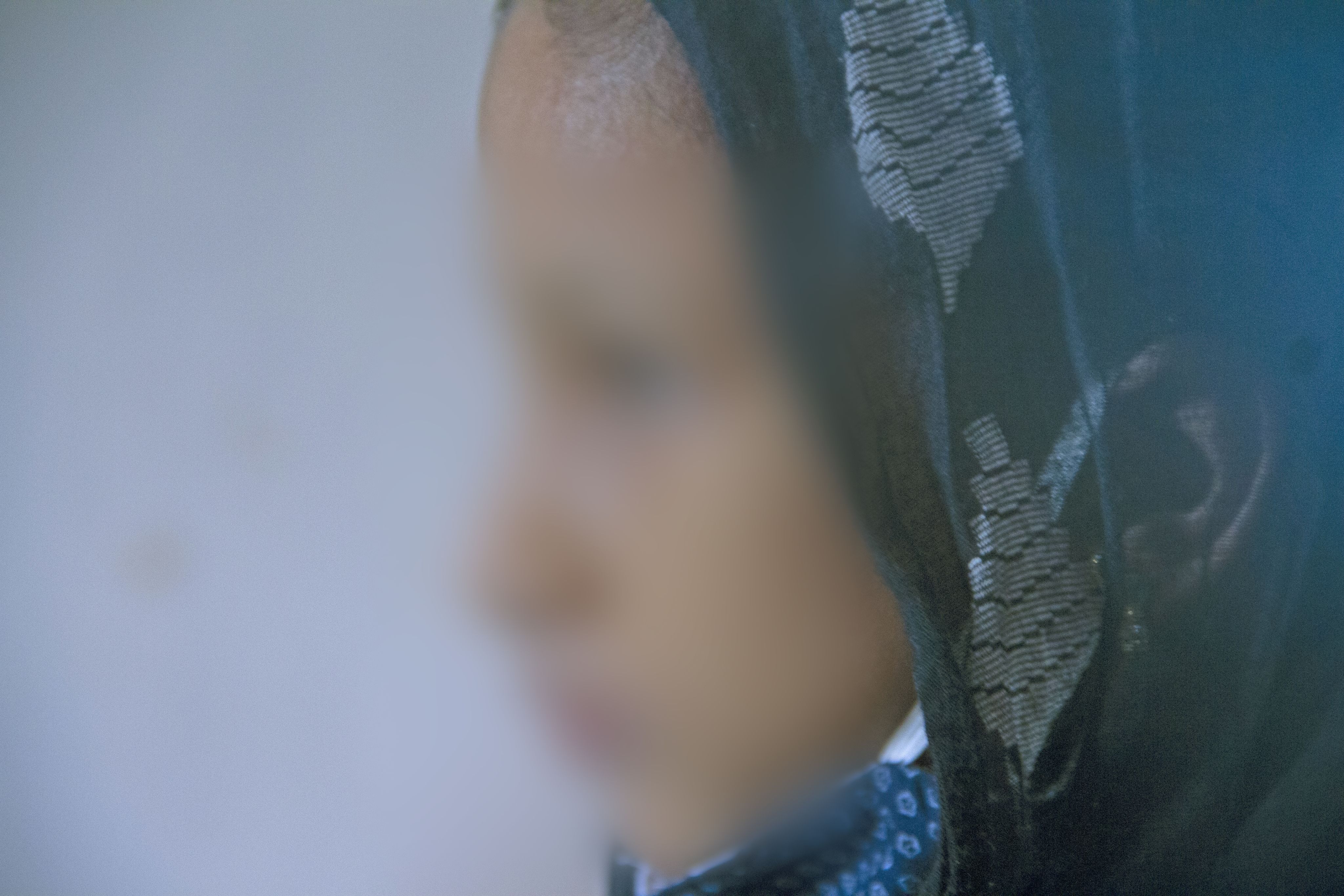
Sumaiya and her mother support the family now. She works at a garment factory.
“I leave home at 8 in the morning and come back at 10pm. Sometimes it is 11pm before I’ve completed all the work,” Sumaiya says. “It’s very hard work, standing all day. At the end of the day I feel pain in my ankles, waist, and neck. I can’t stand straight. Sometimes I have a fever.”
Sumaiya works 14-hour days. Her boss pays her just over a dollar a day. That’s more than her mother makes cleaning houses. It’s almost enough to pay the rent. But it’s not enough to buy food.
“I can’t remember the last time I ate meat. I only eat leafy vegetables because that’s all my mother can afford. If there’s any left over from lunch, we have it for dinner. Otherwise we go to bed without dinner,” says Sumaiya.
Sumaiya is so hungry. All she thinks about is food. Food and the home she lost to the floods.
“I have no other dreams now,” she says. “I just want to eat a full meal with my mother’s home-cooked fish like we used to have before. I also dream of going back to Bhola and building a new home where we will live with my father and finally be happy again.”
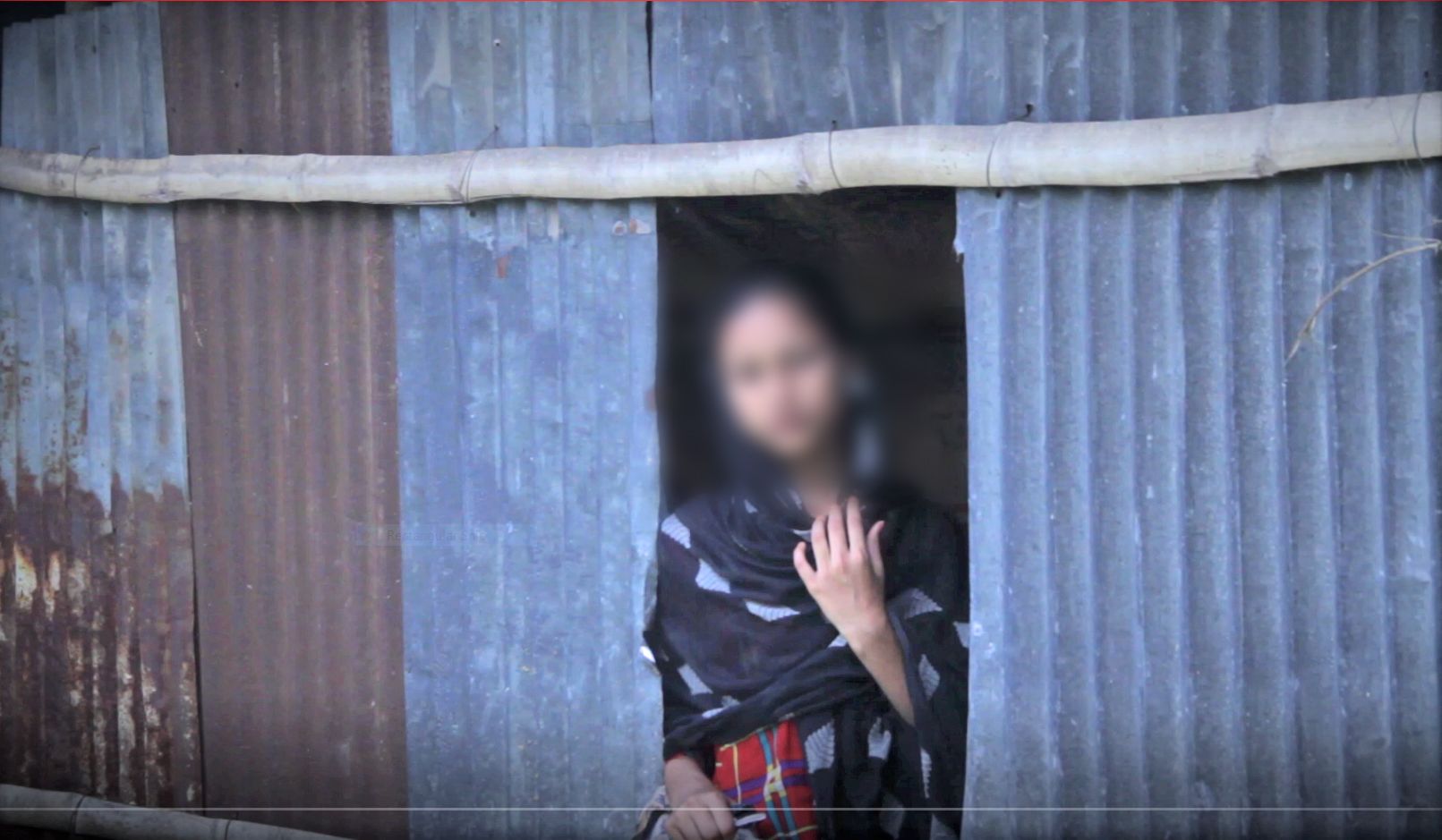
Where will Sumaiya go from here?
Sumaiya is already living a nightmare, and she’s only 11. Poverty has stolen her childhood. She’s out of school and out of options.
It’s hard to imagine what lies ahead for her.
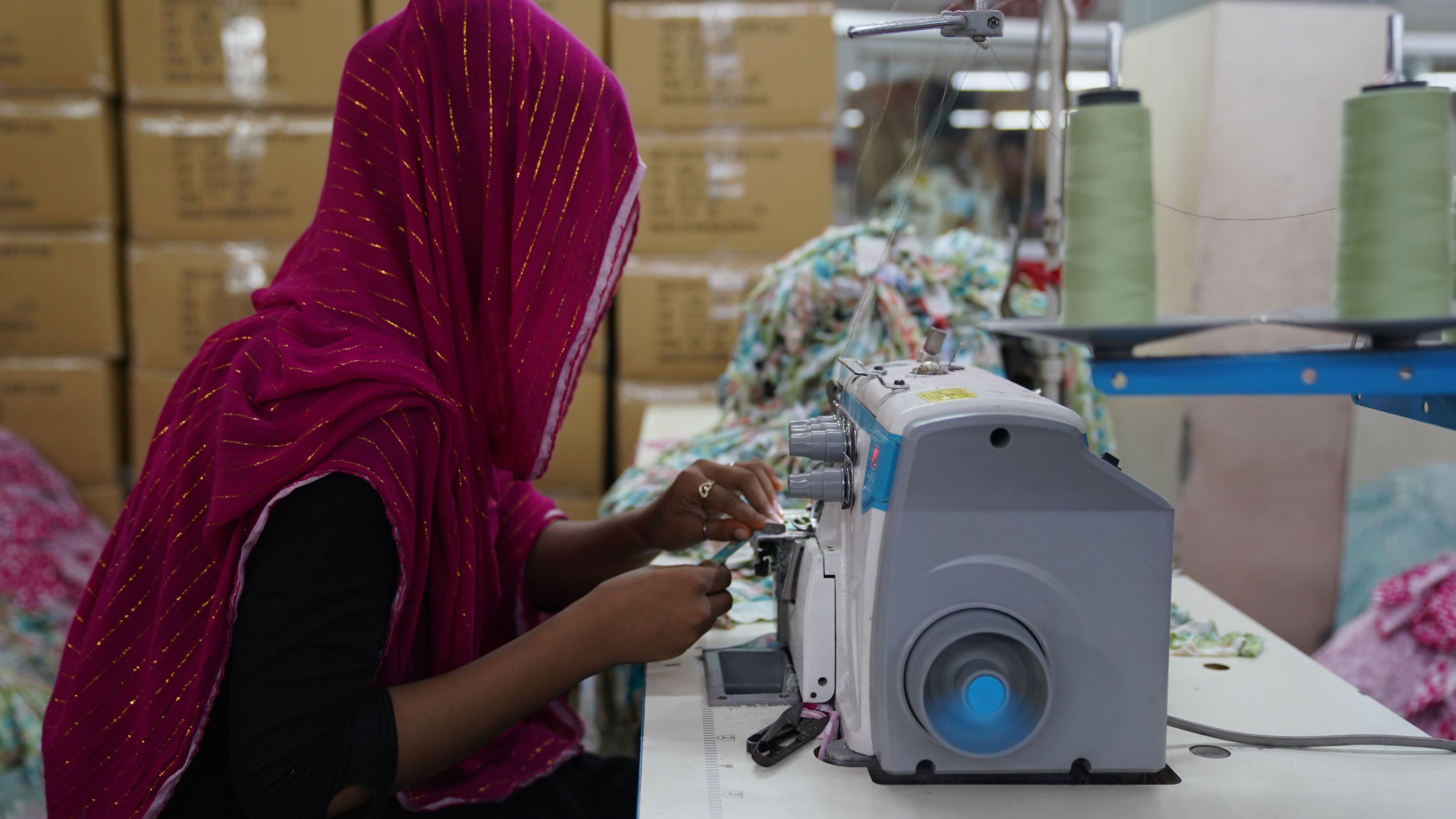
Child labour
11% of children age 5 to 17 are working to support their families, just like Sumaiya
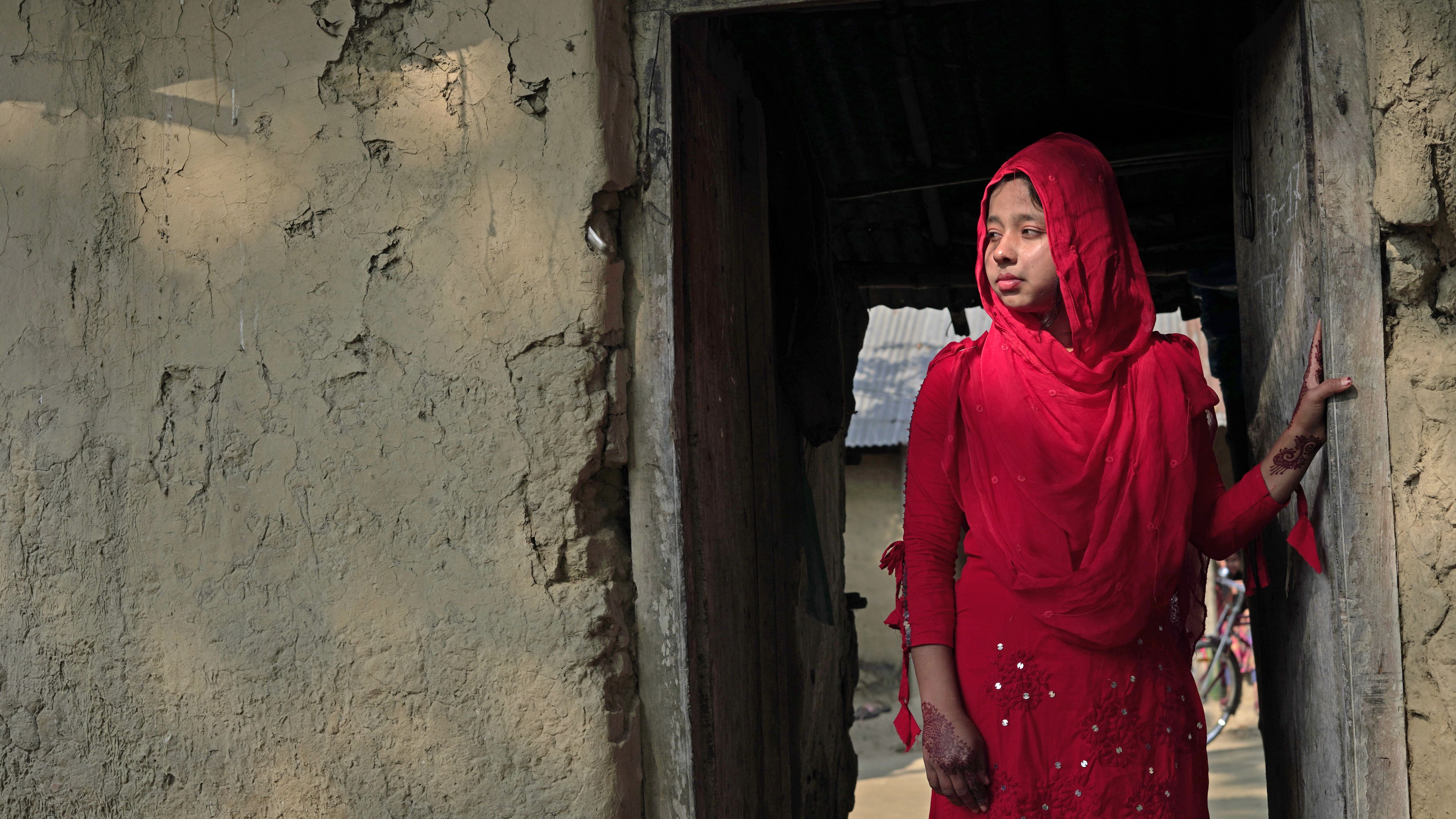
Child marriage
Around 51% of girls are married off before age 18.
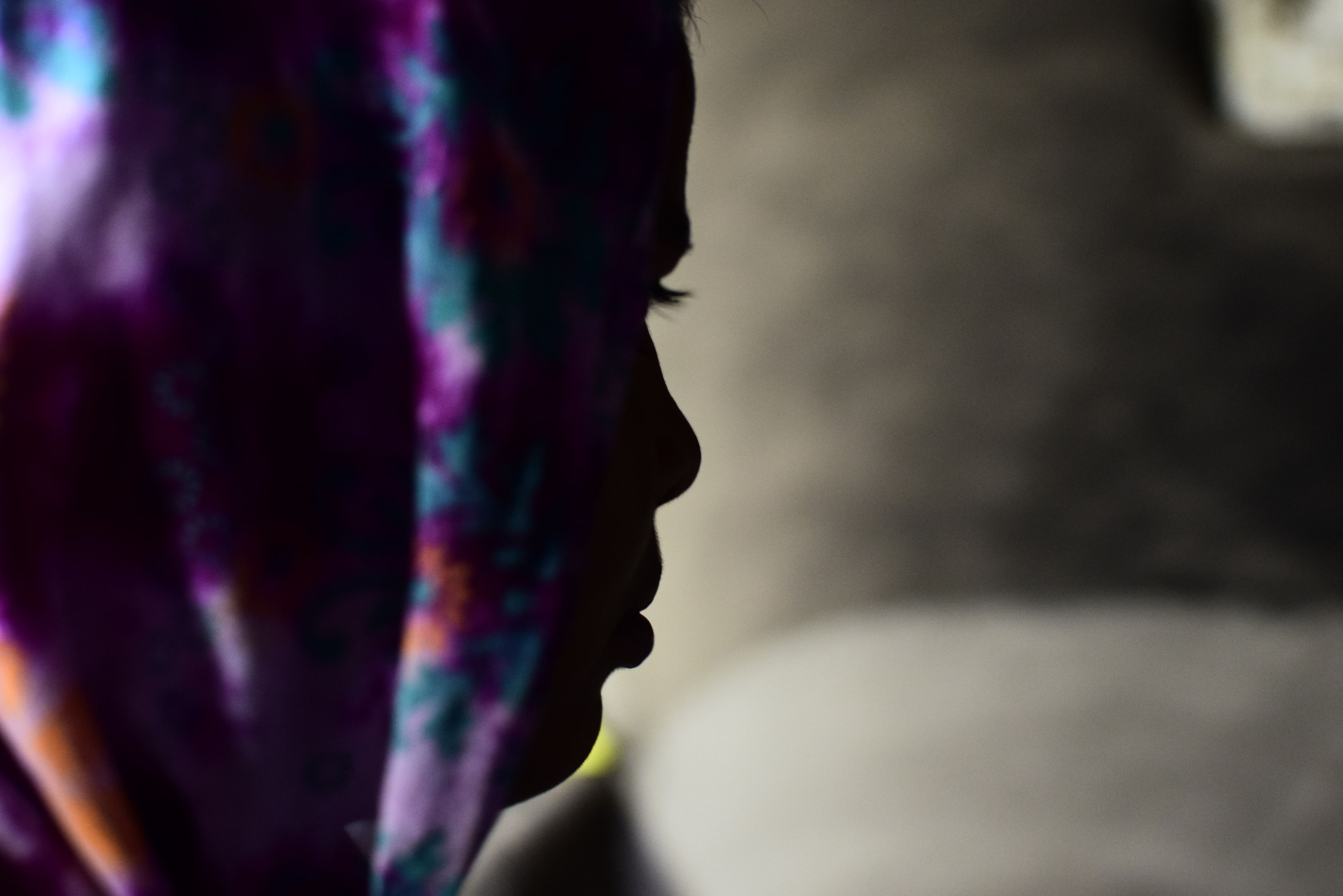
Trafficking
Bangladesh is a major hub for human trafficking. Vulnerable children are kidnapped, tricked, or sold into forced labour and sexual slavery.
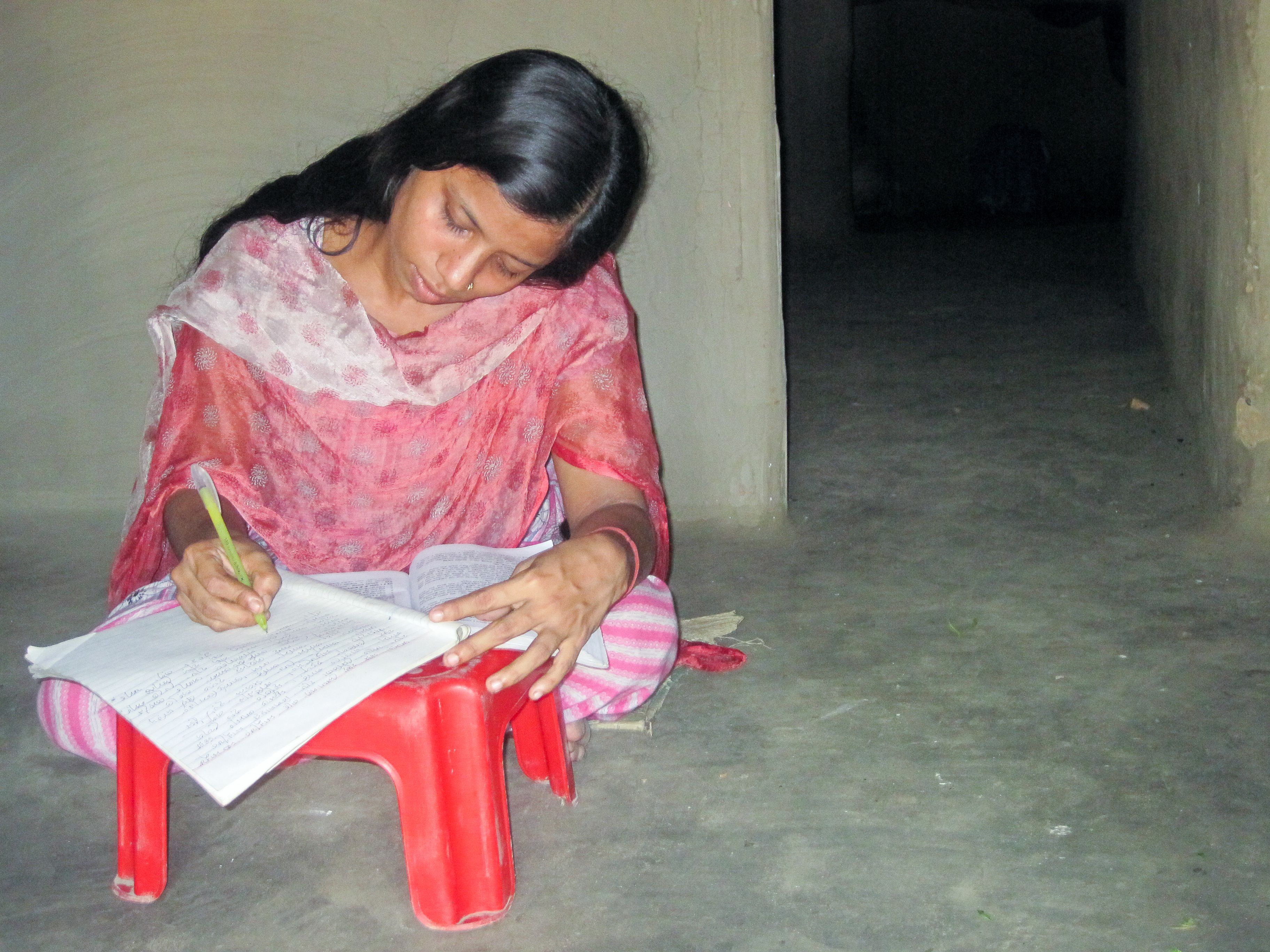
Lack of education
Only 29% graduate from high school.
Children like Sumaiya are being pushed deeper into poverty and further out of sight, by the compounding effects of conflict, climate change, urban fragility, social exclusion, and inequality.
Children like Sumaiya are being pushed deeper into poverty and further out of sight, by the compounding effects of conflict, climate change, urban fragility, social exclusion, and inequality.
